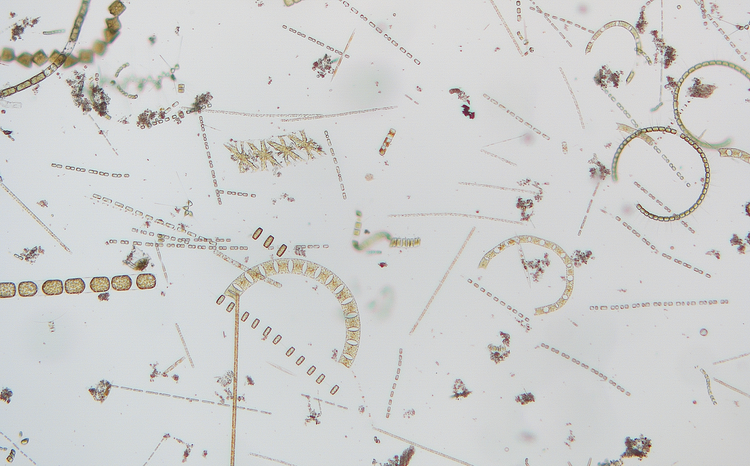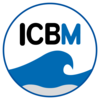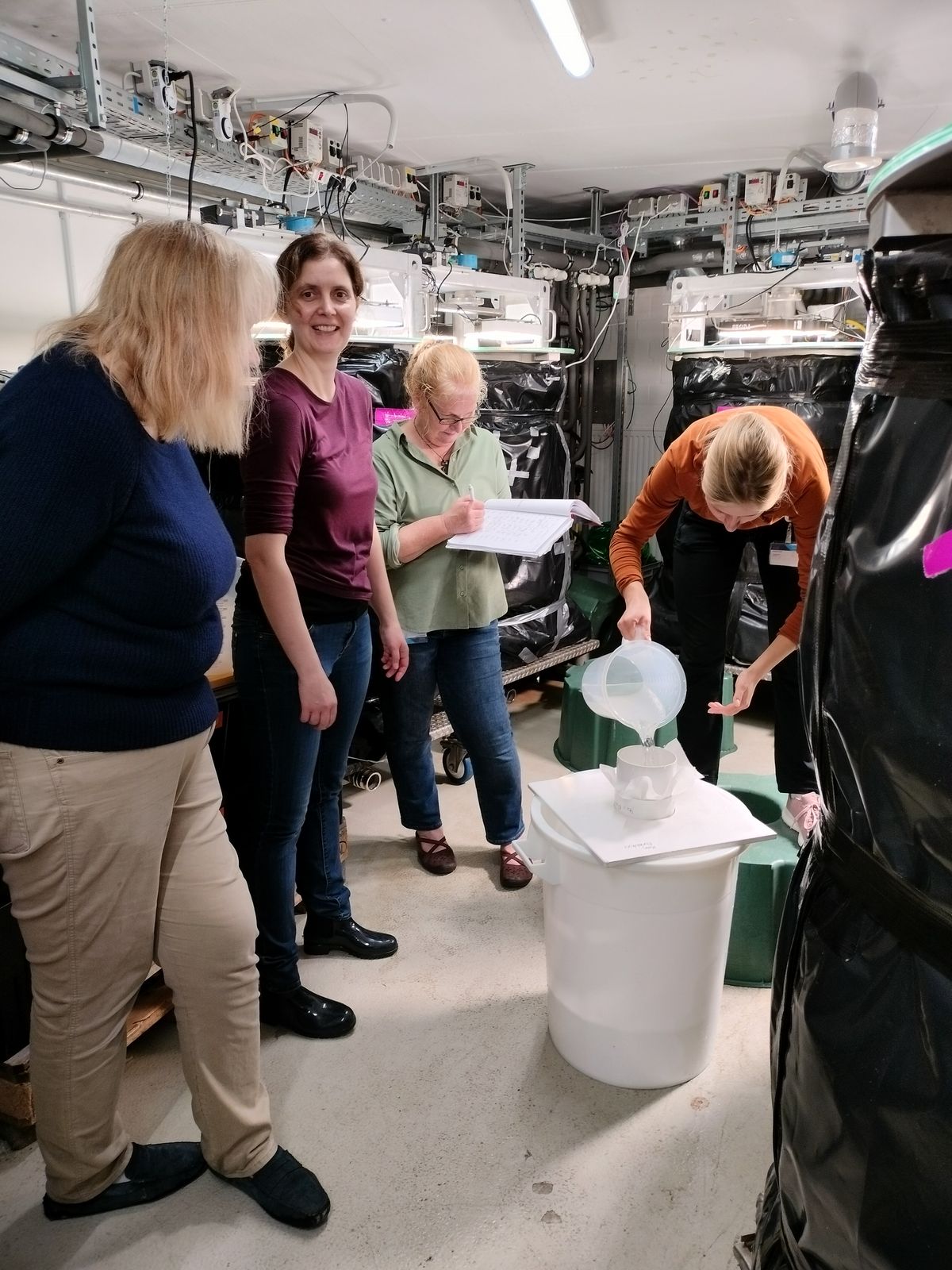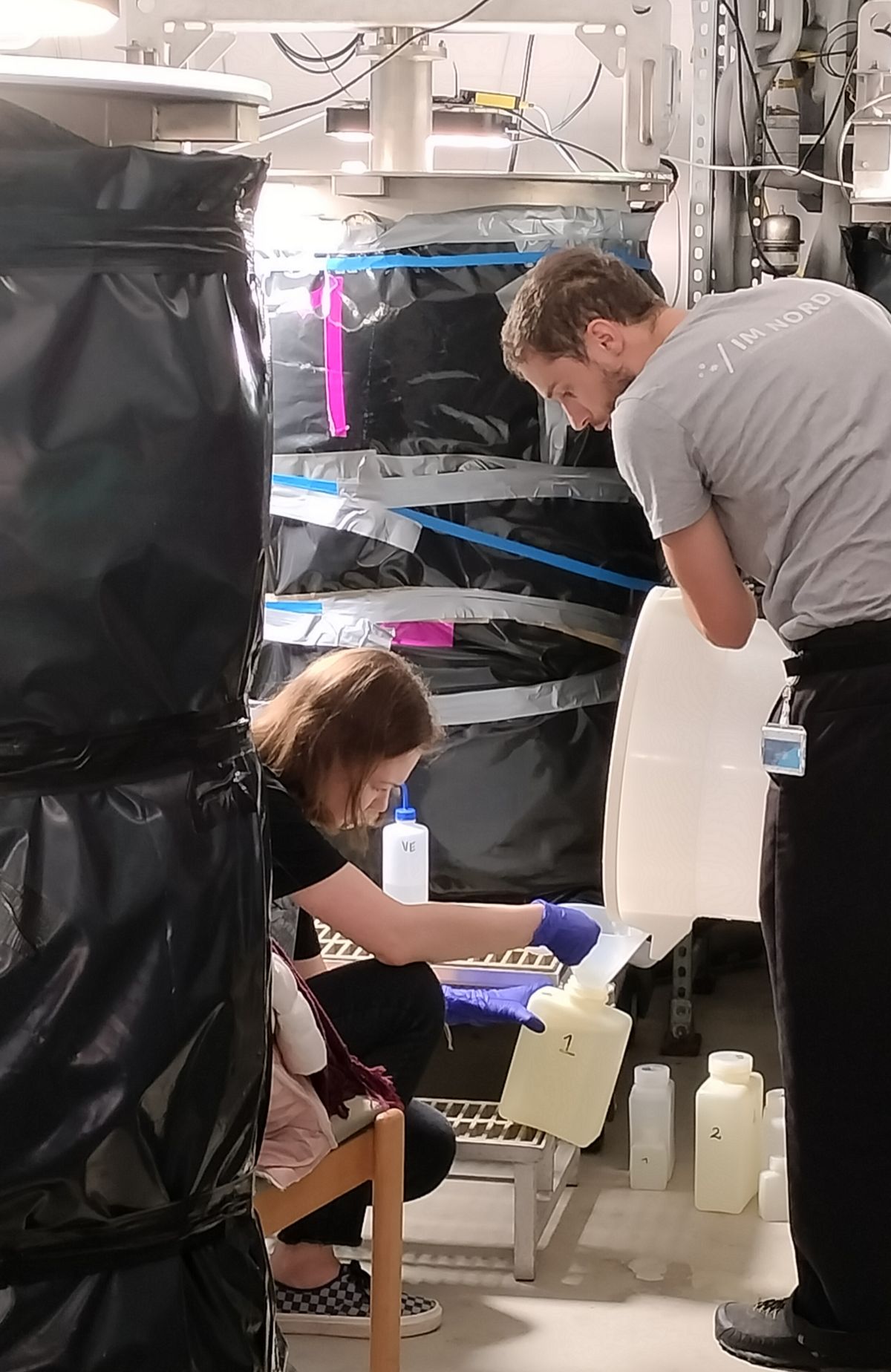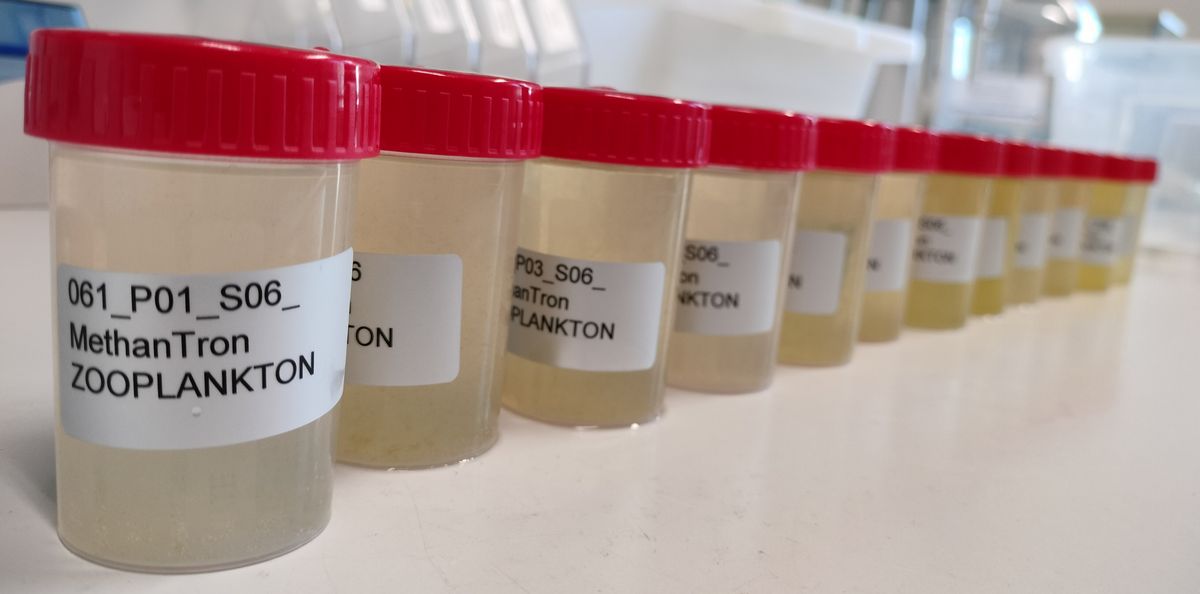Projekt-ID
Projektleitung: Carina Bunse (University of Gothenburg), Maren Striebel (ICBM)
Beteiligte des PEL: Maren Striebel, Sabine Flöder, Sebastian Neun
Weitere Beteiligte: Natalie Barteneva (Nazarbayev University), Elena Bezzubova (Senckenberg am Meer), Stefano Bonaglia (University of Gothenburg), Natàlia Corcoll Cornet (University of Gothenburg), Olga Kourtchenko (University of Gothenburg), Erica Leder (University of Gothenburg), Ayagoz Meirkhanova (Nazarbayev University), Tatiana Siniakova (University of Debrecen), Ana Tronholm (University of Gothenburg).
Gefördert durch: Die Durchführung des Projektes wird von AQUACOSM-plus (Project No. XXX) durch die European Commission EU H2020-INFRAIA sowie durch BalticWaters2030 gefördert.
Laufzeit: September-Oktober 2023
Aktuelle Projekte 09
AQUACOSM-Plus: MethanTrons - Plankton response to elevated concentrations of methane
In this project, we wanted to understand how plankton respond to elevated gas concentrations, in this case methane. Can the plankton communities buffer potential short-term harmful effects? Are bacteria quick to react when methane gas concentrations increase? Plankton forms the base of the food web in the ocean and its productivity and biomass is important to support other organisms. Methane gas from biological activity is naturally present in some ocean regions, but here we want to look specifically at the mechanisms of what happens when large amounts of methane gas come into contact with surface plankton communities. The project is funded by AQUACOSM-Plus and BalticWaters2030 and involves all together 15 researchers and students from the Department of Marine Sciences and the Department of Biological and Environmental Sciences at the University of Gothenburg, members from the Institute for Chemistry and Biology of the Marine Environment (ICBM) at the University of Oldenburg, as well as international trainees.
The setting for the experiment is twelve 600-litre indoor mesocosm tanks (Planktotrons) containing natural plankton communities. At the start of the experiment in September, we manually transferred over 1500 litres of seawater to outdoor tanks for our treatment incubations, and later we transferred this gas-exposed seawater back and mixed it with the remaining water for further incubation. Since then, we have been monitoring any changes in the phytoplankton, marine bacteria, and zooplankton communities. Seawater is teeming with microscopic life, and bringing together our expertise from different areas of research stimulates our curiosity and interest in organisms other than those with which we are familiar.
Over the weeks, we took samples for a variety of chemical and biological parameters. Several of the students and scientists involved will be analysing some of the data as part of their research projects. We are eager to see how the results will come together, and we look forward to continuing to work together to understand some of the mechanisms of the biological world.
Carina Bunse
